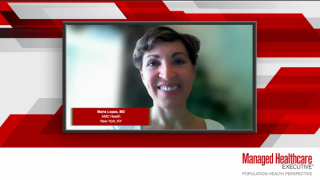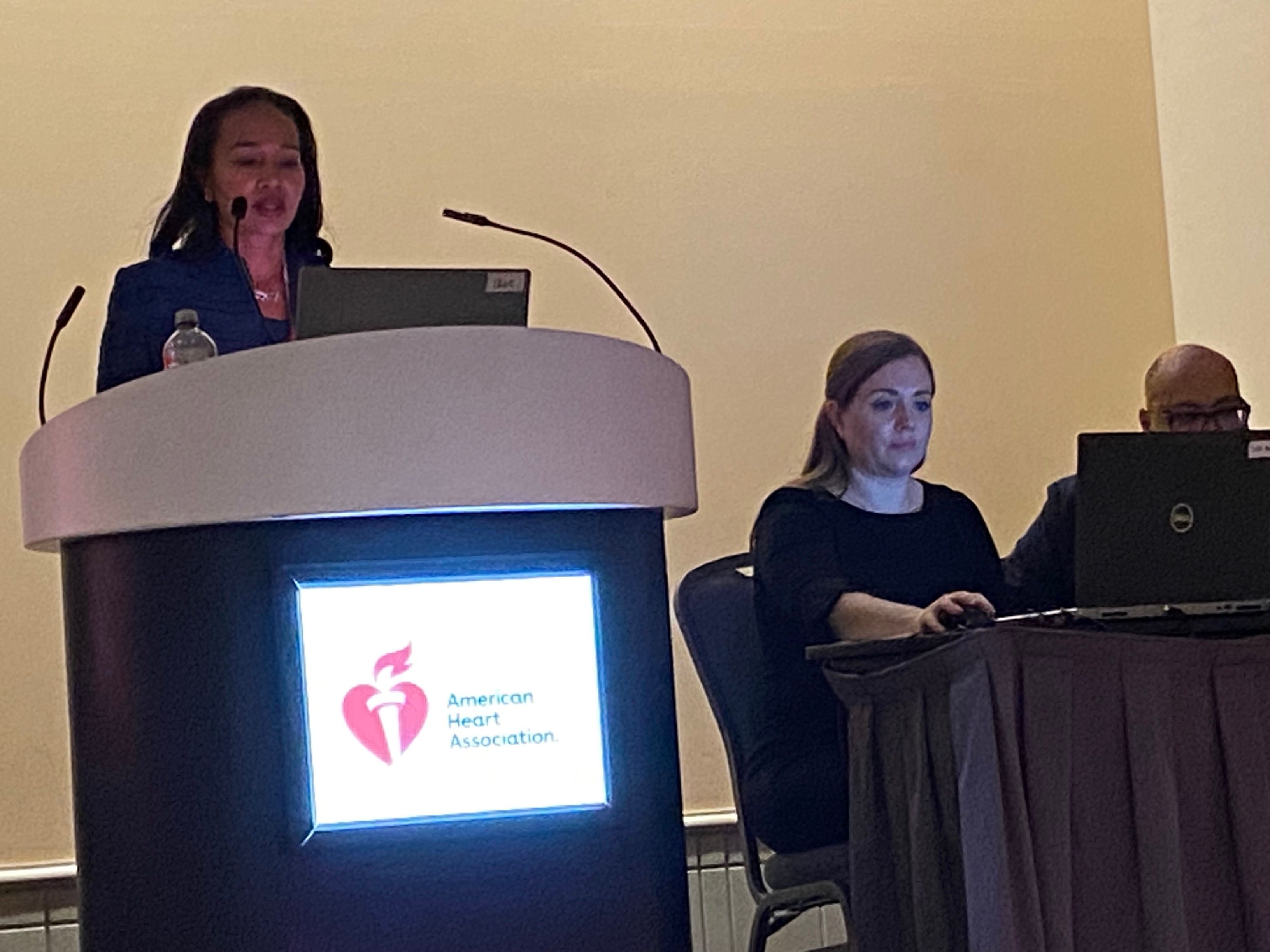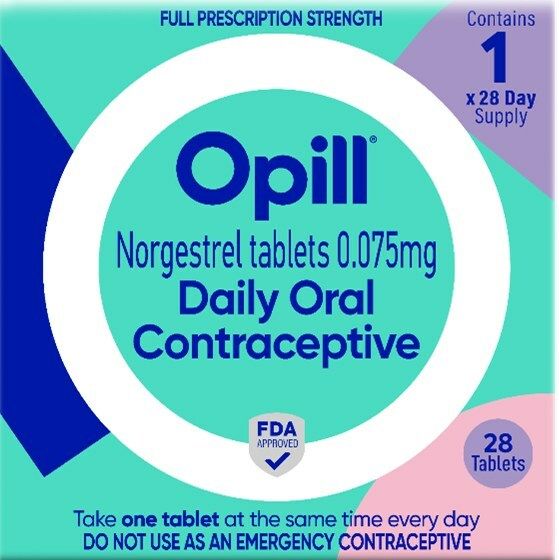
Obstetrics-Gynecology & Women's Health
Latest News
Latest Videos
More News

The approval extends the use of Liletta for an additional two years. It is the only hormonal IUD approved for continuous use up to eight years.

The greatest reductions were seen in girls who were vaccinated when they were adolescents, with up to 73% reduction in cervical pre-cancerous lesions.

If approved, Perrigo’s Opill could be the first-ever nonprescription birth control pill.

If approved, Perrigo’s Opill could be the first-ever over-the-counter birth control pill. The advisory committee meeting is scheduled for Nov. 18, 2022.

Mirena, a long-acting hormonal IUD, was previously approved to prevent pregnancy for up to seven years.

If approved, fezolinetant would treat patients with moderate-to-severe hot flashes and/or night sweats associated with menopause. The PDUFA date is Feb 22, 2023.

The approval had been delayed as the regulatory agency reviewed data on Myfembree's impact on bone mineral density.

Regulators need additional time to review information on bone mineral density. The FDA has provided a new PDUFA date of Aug. 6, 2022.

The FDA has made the labels consistent for combined hormonal contraceptives about the risk these products have to women who have or have had breast cancer.

Dr Al-Hendy discusses the impact UF has on a patient’s life and their typical patient journey through the healthcare system.

Ayman Al-Hendy, MD, PhD, FRCSC, FACOG, CCRP, provides a comprehensive background on uterine fibroids, explaining everything from clinical burden to symptoms.

More needs to be done to give healthcare access to low-income women.

A women’s health organization is concerned about the safety and effectiveness of bremelanotide (Vyleesi) after FDA approved it to treat hypoactive sexual desire disorder (HSDD) in premenopausal women.

In April 2013, FDA approved doxylamine succinate 10 mg, pyridoxine hydrochloride 10 mg (Diclegis, Duchesnay) for the treatment of nausea and vomiting in pregnant women who do not respond to conservative management. Diclegis is a delayed-release formulation combining 10 mg of the antihistamine doxylamine succinate and 10 mg of the vitamin B6 analog pyridoxine hydrochloride. This combination was once marketed in the United States as Bendectin. However, legal suits claiming related birth defects forced the manufacturer to withdraw Bendectin from the market in the 1980s. Doxylamine/pyridoxine has not been studied in women with hyperemesis gravidarum.

Opioid overdose deaths in women in the United States increased fivefold from 1999 to 2010. During the same time period, the risk of opioid pain reliever (OPR) deaths in men increased 3.6 times, according to the July 2 Morbidity and Mortality Weekly Report.

FDA announced it has approved the use of Plan B One-Step (levonorgestrel) as a nonprescription product for all women of child-bearing potential. This action complies with the April 5, 2013 , order of the United States District Court in New York to make levonorgestrel-containing emergency contraceptives available as an over-the-counter (OTC) product without age or point-of-sale restrictions.

The Obama administration on Monday abandoned its attempt to restrict access to the emergency contraceptive Plan B One-Step (Teva Women’s Health Inc.) as an over-the-counter (OTC) medication-a decision that’s being celebrated by some groups.

FDA advised healthcare professionals not to use magnesium sulfate injection for more than 5-7 days to stop preterm labor in pregnant women, according to a May 30 drug safety communication.

After its recent review, the US Preventive Services Task Force (USPSTF) could not recommend supplementation with vitamin D and calcium for the primary prevention of fractures in healthy adults.

Migraine prevention drugs used during pregnancy can cause decreased IQ scores in children born to mothers who take these medications, according to an FDA alert.

Women at the highest risk for breast cancer benefit the most from preventive drug therapy, including tamoxifen and raloxifene, according to a study, published in the April 16, 2013, issue of the Annals of Internal Medicine.

On April 5, a US District Court judge ruled that the emergency contraception (EC) pill Plan B One-Step must be made available over-the-counter to all girls and women, regardless of their age. This ruling, made by Judge Edward R. Korman, was in response to a 2011 move by Health and Human Services Secretary Kathleen Sebelius.

FDA has approved doxylamine succinate 10 mg, pyridoxine hydrochloride 10 mg (Diclegis, Duchesnay) delayed-release tablets for the treatment of nausea and vomiting of pregnancy (NVP) in women who do not respond to conservative management, including dietary and lifestyle modifications. These modifications include eating several small meals instead of 3 large meals, eating bland foods that are low in fat and easy to digest, and avoiding smells that can trigger nausea.

FDA voted 2-12 against approval for an investigational, oral, twice-daily formulation of gabapentin (Sefelsa, Depomed) to treat moderate to severe vasomotor symptoms due to menopause.

FDA has approved ospemifene (Osphena, Shionogi) tablets for the treatment of moderate to severe dyspareunia (painful intercourse), a symptom of vulvar and vaginal atrophy (VVA) due to menopause.






















































